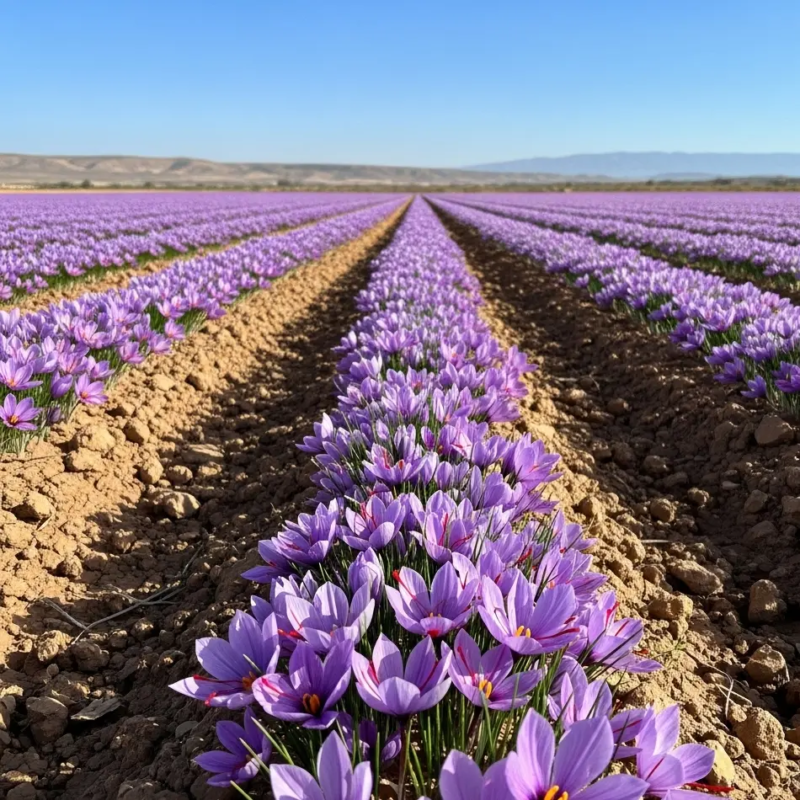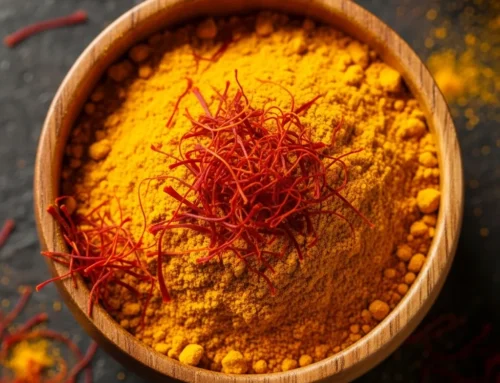Where Does Saffron Grow Best?
Saffron, one of the most sought-after spices in the world, grows best in regions that provide the perfect combination of climate, soil, and elevation. Knowing where saffron grows best is crucial for cultivating this delicate plant successfully. Saffron thrives in specific conditions that mimic its native habitat, and understanding these factors can help you grow high-quality saffron, whether at home or commercially.
Ideal Climate Conditions
Saffron grows best in areas with a hot, dry climate, typical of Mediterranean weather. The plant requires a warm growing season with temperatures ranging from 70 to 85°F (21 to 29°C) during the day. While saffron loves the warmth, it also needs a period of cold dormancy during winter. This cold period helps the corms (the underground bulbs of the saffron plant) rest and prepare for the next growing season.
Elevation and Soil Type
Saffron grows best at higher elevations, typically between 1,000 and 2,500 meters above sea level. This elevation helps create the ideal temperature range for the plant. Additionally, saffron requires well-drained, sandy, or loamy soil with a slightly alkaline pH (around 6 to 8). The soil must not retain too much water, as saffron is highly susceptible to root rot in waterlogged conditions.
Best Regions for Saffron Cultivation
Some of the best regions for saffron cultivation include Iran, Spain, India, and Greece. Iran is the largest producer of saffron, known for its ideal growing conditions in the Khorasan region. Spain’s La Mancha region is also famous for producing high-quality saffron, thanks to its dry, sunny climate. In India, particularly in Kashmir, saffron has been cultivated for centuries, benefiting from the region’s cool temperatures and high altitudes.
Other Growing Locations
While these regions are the most well-known for saffron cultivation, the spice can also be grown in other areas with similar climates. In the United States, parts of California, Nevada, and even Oregon have shown promise for saffron cultivation. These areas replicate the dry, sunny conditions saffron needs, and the growing interest in local spice production has led to more experimentation in various climates.
Conclusion
In conclusion, saffron grows best in regions with a hot, dry climate, well-drained soil, and higher elevations. If you’re planning to grow saffron, consider climates that mimic the Mediterranean or areas with similar conditions. With the right environment, saffron can thrive and produce high-quality spice, whether you are in Iran, Spain, India, or a new location experimenting with this valuable plant.
If you’re looking for premium saffron, be sure to visit our products page to find the finest quality available.
We hope this information helps you understand the best places to grow saffron. If you have any more questions, feel free to reach out to us.








Get Social